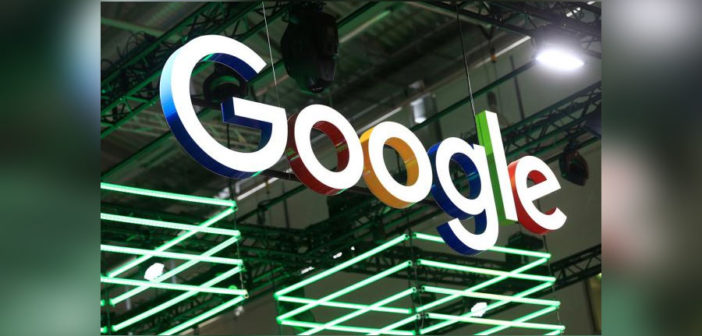Twenty months after Procter & Gamble Chief Brand Officer Marc Pritchard called on digital players to get accredited third-party measurement of whether ads are seen by real people in brand-safe environments—and nine months past the deadline he set—Google still isn’t quite there.
But in a blog post today, the industry heavyweight outlines its progress and touts new measures reflecting the reality that marketers and agencies are all over the place on the viewership measures they want to pay for.
Is that good enough? P&G returned to YouTube earlier this year, and has kept advertising on other digital platforms, citing progress in keeping brands away from unwelcome content. News reports about ads running on YouTube videos that promoted violence, bigotry and terrorism had earlier driven many major marketers away, at least temporarily.
Google’s post quotes Association of National Advertisers CEO Bob Liodice and Media Rating Council CEO George Ivie giving the company credit for effort and a willingness to get new audits on expanded measures.
“The ultimate goal is to ensure transparency at every step in the complex advertising supply chain, and Google’s efforts are helping,” Liodice says.
In the same post, Babak Pahlavan, senior director of product management, analytics solutions and measurement for Google, says YouTube’s proprietary data feed for video viewability reporting by third-parties DoubleVerify and Integral Ad Science remains under audit by the MRC.
Brand-safety verification on YouTube by those firms is now in “expanded beta,” according to Pahlavan’s post, which says a June 2018 study showed 99 percent success delivering brand safety across ads bought in auctions and reserve, including the Google Preferred inventory toward which P&G and other big advertisers have gravitated.
He also notes more than a dozen new MRC accreditations that Google has received for its own measures of such things as viewability and non-fraudulent traffic since shortly after Pritchard’s 2017 speech.
In a separate blog post, Luke Hedrick, senior product manager for Google’s Display and Video 360, outlines new such “first-party” measurements that let advertisers more easily measure against a range of standards tougher than the MRC minimum.
The Media Rating Council is funded by media companies, marketers and agencies to set standards for the measurement of audiences and advertising. It considers a digital ad “viewable” if at least half of it appears on-screen for 1 second, or for 2 seconds in the case of video. The MRC is considering toughening that standard to require a whole ad to appear on-screen. Google says it supports the existing standard.
Google says it will also offer a Unique Reach measure to weed out duplicates in audiences across media so advertisers know how many people they reach and how often, and is seeking MRC accreditation for that. And it will expand its own measurement of how well ads lift brand awareness, ad recall and purchase consideration across all of a brand’s video buys, Hedrick says.
–
This article first appeared in www.adage.com
Seeking to build and grow your brand using the force of consumer insight, strategic foresight, creative disruption and technology prowess? Talk to us at +9714 3867728 or mail: info@groupisd.com or visit www.groupisd.com


